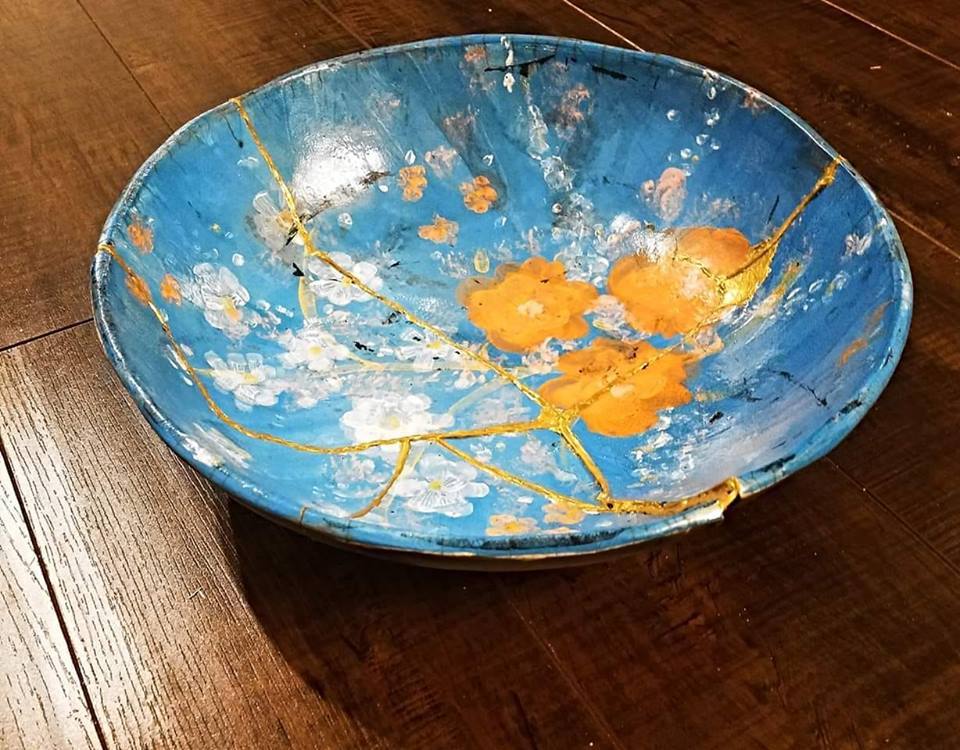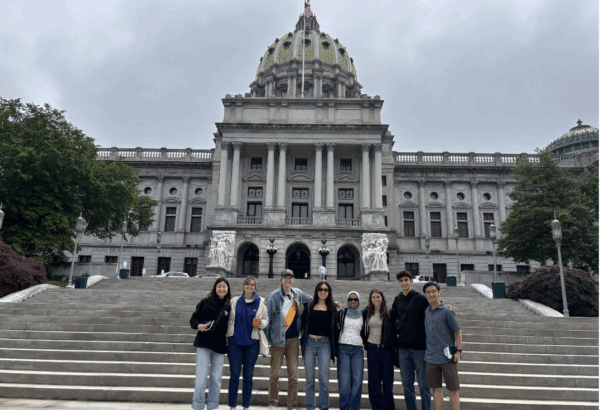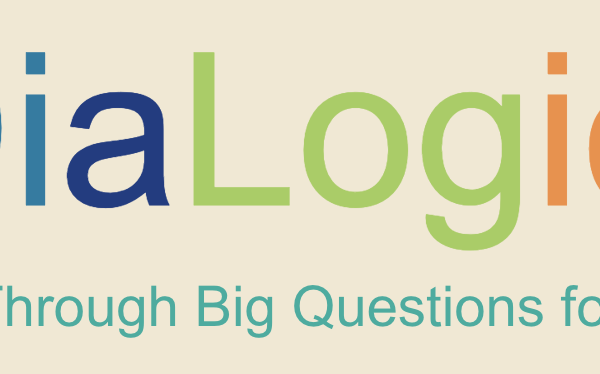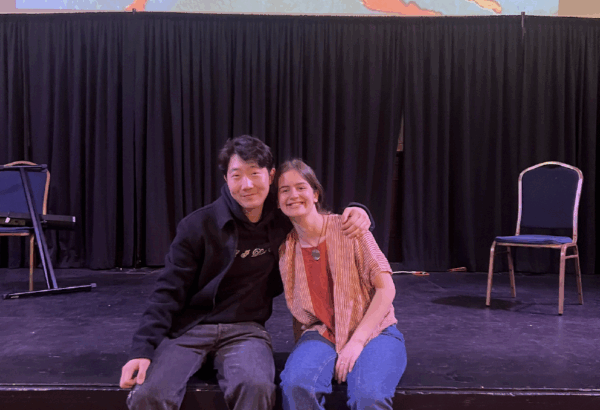That is why we use gold to mend it. We want the brokenness to be beautiful.
—Ana Elisa Anselmo
Anselmo had Auerbach intentionally break a porcelain bowl and then put it back together with gold paint saying with the following insight, “It will be strong in the broken places. But it will be even more beautiful because we valued it enough to save, to work on, and to make new. That is why we use gold to mend it. We want the brokenness to be beautiful.”[1]
The metaphor is clear. Instead of hiding broken places in a “good as new” attitude that makes it seem as though the mistake never happened, the gold emphasizes the places of imperfection in a way that makes the new form even more striking. It is no longer the same. The new piece resembles the old in form, but it is profoundly different.
The Wounded Healer
I have heard this idea often applied to the individual and it has made me pause and think about how I respond to my own places of brokenness and imperfection. Most often I hastily repair them myself or try to distract others from them “nothing to see here.” To see places of internal brokenness as areas to repair but with a beautiful material to draw attention to those specific places, is profound. It asks me to become what theologians refer to as “a wounded healer”. The idea that we can best help those who are challenged in areas where we struggle by not hiding our problems, but by pointing to them and the ways we have worked towards restoration.
Restoration after COVID-19
Is it possible to think of the current brokenness in the United States in a similar way? The polarization, the divisions over economics, race, geography, gender, political party and other forces that are cracking our societal foundations and walls like buildings destroyed by earthquakes in Chile? COVID-19 has uncovered and emphasized so many of the stark inequities that face Americans as well as the stark divide over where and how Americans get their information. Americans are dealing with broken trust in fellow Americans. We are divided and it hurts, deeply.
This week I’ve been thinking of those fractures and of the brokenness and imagining them being restored with gold paint. What if we could see the next period as a restoration period? What if we could restore in a way that does not try to hide or cover up our areas of division? We are never going to be exactly the same and I am not sure we want to be. What if we could restore in gold paint so that we remember this time in all of its painfulness but see that we have been able to work through it, heal and come together in new ways.
We have not restored yet. We are not united now. We have much work to do–work in empathy, vulnerability and healing on many levels. But what if we did it with gold instead of trying to be “good as new”? What if we became a new thing altogether using our “brokenness to be beautiful?”
[1] Michelle Auerbach The Life-Saving Skill of Story Resilience Series, (Winchester, UK: Changemaker Books, 2020), 17.




